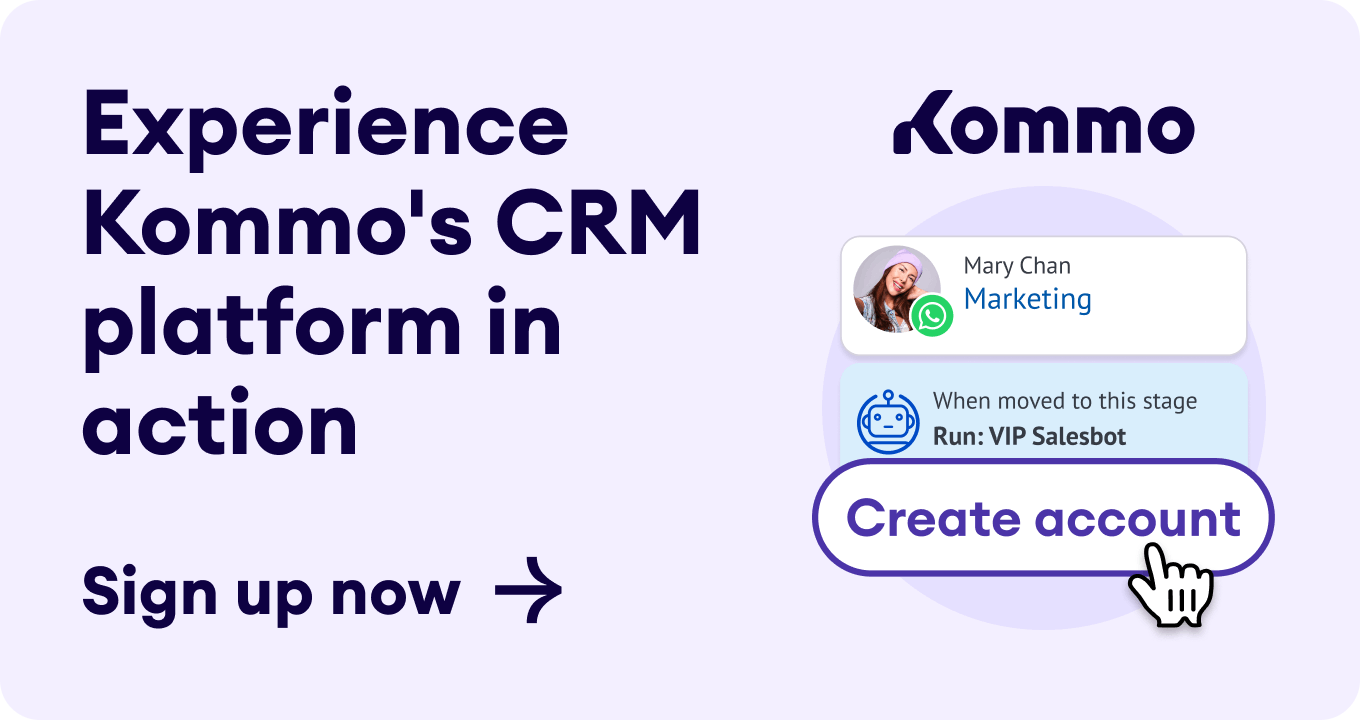It’s a bit unfair to draw a clear line between rule-based chatbots and AI chatbots. They are all one: chatbots. The only difference is how they perceive the world and how they talk back to us.
AI-based chatbots are often designed to provide a conversational experience similar to the one you have with a real human. AI chatbots also help the user navigate through a complex structure of the website or service. Basically, the user can cut corners with it and get straight up what they want.
The main thing that sets the AI-based chatbots from rule-based is its ability to learn and come up with answers on the fly. That requires significant resources and time to get started, even more so to hone it to perfection. That’s why fully AI-based chatbots are still rather uncommon.
The technology that helps the AI-based chatbot to learn is Machine Learning. The chatbot learns from previous conversations, connecting the dots between different words, intent, and determines what is what with little to no human input. AI chatbots often ask the user if they meant A or B during the conversation, if they are unsure what the correct answer is. Based on that, the chatbot learns.
There is speculation that any captcha from Google that a human must solve to prove they’re not a bot is actually used for the same purpose. We help Google teach their incredible AI to recognize everything and anything, by providing an outstanding amount of data to learn from.
There was also a negative experience of a powerful AI chatbot let out into the wild to learn. Microsoft’s Tay, a Twitter chatbot, was released as an experiment in learning from humans and forming a personality and opinion on matters. Things went sour with this project, however. Within 24 hours Tay went from an outgoing chatbot with a positive attitude to a neo-nazi cheering for all sorts of bad things. Tay merely wanted to learn and did it very well — but perhaps our community is simply not ready for an AI of this caliber to become a part of society just yet.
Okay, that was probably a bit confusing. What does it all mean for a rookie that’s just starting? What to aim for, what to invest?
The rule of thumb: once you will need a power AI chatbot, you will know it. Until then, the simpler — the better. So long as the chatbot gets the job done, it’s reliable. Often that’s all you need — a chatbot that is easy to create and maintain. You can always make it more complex later on. Only you can know the scope of the chatbot and what it should do for you. Just as a recap:
- Complex (investment required to get one off the ground)
- Flexible (will adapt and learn from their users)
- Expensive (will likely need a team of specialists to create and support)
Start small, build up as you go, and capitalize on messenger-based sales.
Thanks for reading!






